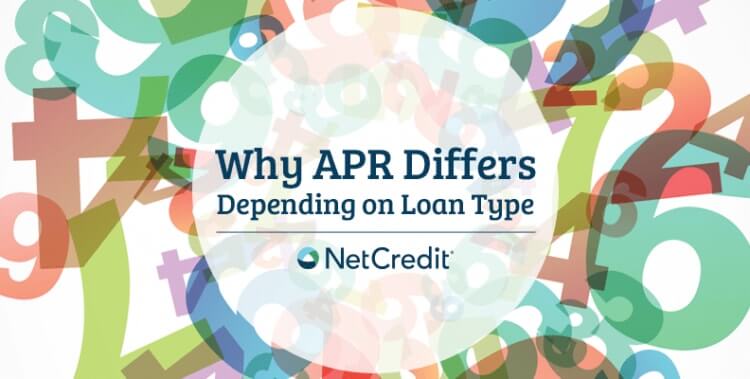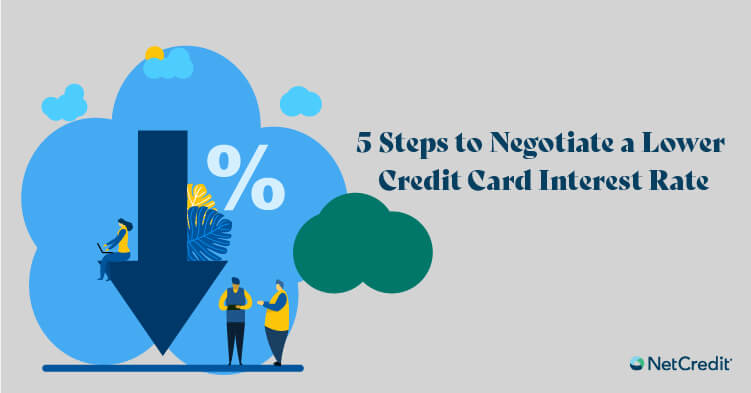The annual percentage rate (APR) is a consumer financing tool used to compare one loan offering with another. APR is often confused with interest rate — it’s actually the cost of money borrowed expressed as an annualized rate.
Lenders are required by law to disclose the APR to consumers before issuing a consumer loan. Trusted lenders are transparent with their APR and it should be displayed openly on their website. But how does APR relate to loans? Let’s first take a step back to understand what makes up a loan.
A loan consists of five basic elements: interest rate, fees, loan amount, loan term and payment.
- Interest rate: Expressed as a percentage, it is the compensation amount due to the lender for funding the loan. If a loan has an interest rate of 10 percent, the lender will receive interest revenues of 10 percent of the loan each year.
- Fees: Agreed upon one time or periodic charges for access to the credit.
- Loan amount: The agreed upon amount that the borrower (the customer) will receive from the lender (the loan provider).
- Loan term: The agreed upon length of time during which the borrower has to repay the loan to the lender.
- Payment: The agreed upon amount that is paid back to the lender. Depending on the loan, this is usual a monthly payment that is a fraction of the total.
The APR looks at all charges required by or incurred on a loan, including all interest charges.
The APR number indicates the cost of borrowing. Along with an interest rate, a lender may also require other fees before a loan can be issued, including loan-processing fees, loan application expenses or charges for credit report processing. These kinds of finance charges are considered as part of the overall cost to borrow money.
The annual percentage rate reflects those additional costs including the interest rate. The higher the loan fees, the higher the APR is in relation to the interest rate.
For example, a 30-year loan of $200,000 with a 5 percent rate has a monthly payment of $1,073. If the lender also charged a $500 application fee and a $2,000 origination charge, additional fees would total $2,500. This additional $2,500 in finance charges would result in an APR of 5.22 percent.
Typically, APR is higher for short-term loans. Often times a higher interest rate is associated with a person’s credit worthiness, but another factor could be the repayment window which maybe much shorter (two weeks — month). Short-term loans are intended to meet the needs of those in emergency situations with limited options for funding. Unlike long-term loans, like installment loans (usually six months or more), short-term loans are meant for dire circumstances like car failure, emergency home repair, unexpected medical bills and the like.
A shorter term can increase the APR as is that the borrower pays off the loan in a short period of time. This is particularly true if the non-interest finance charges are fixed regardless of the loan term.
If you’re wondering whether a long-term loan is right for you, check out this page to learn more!






